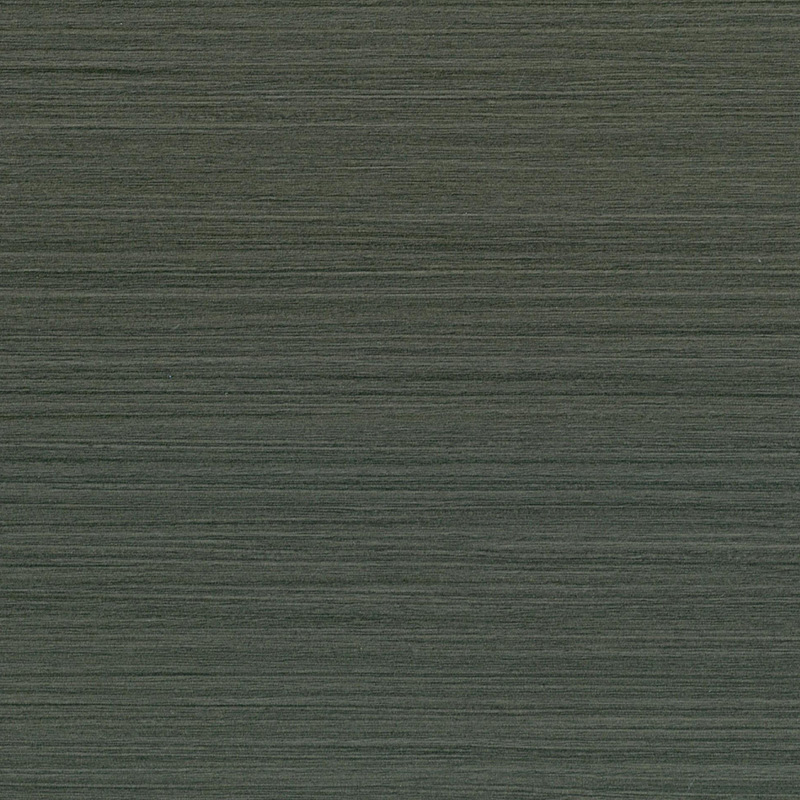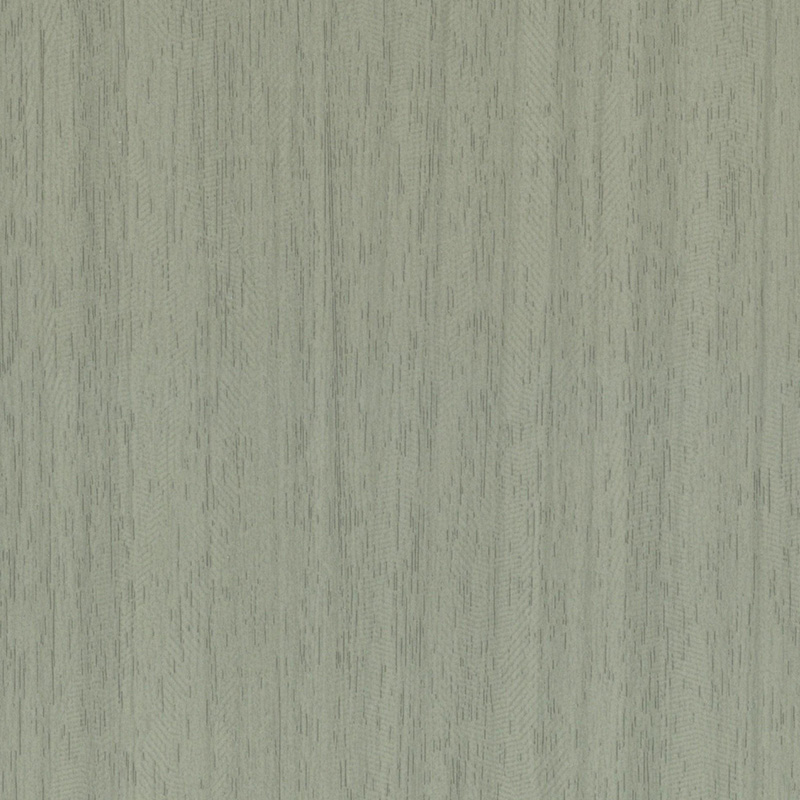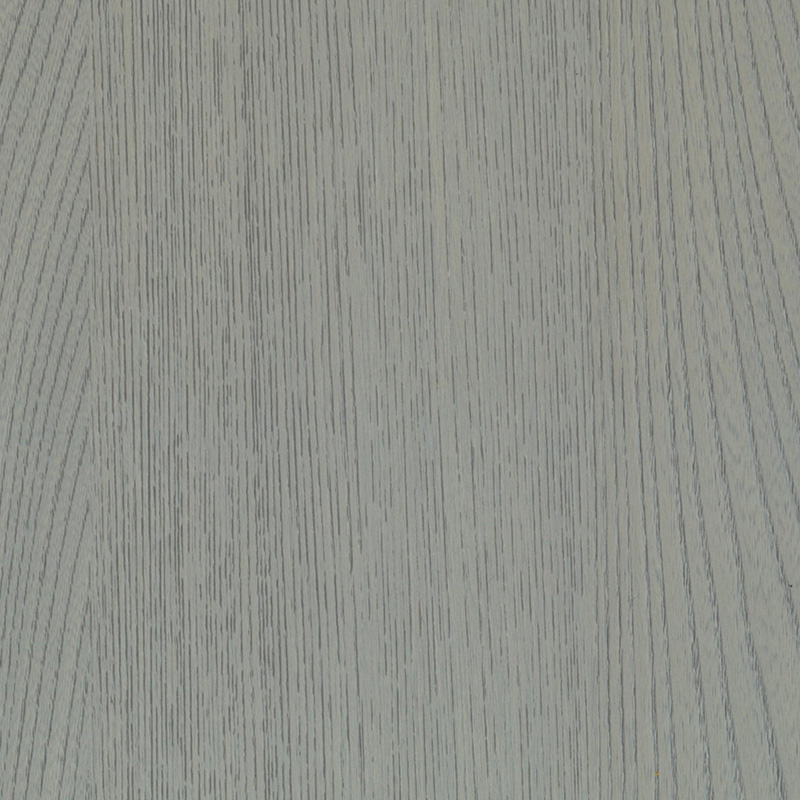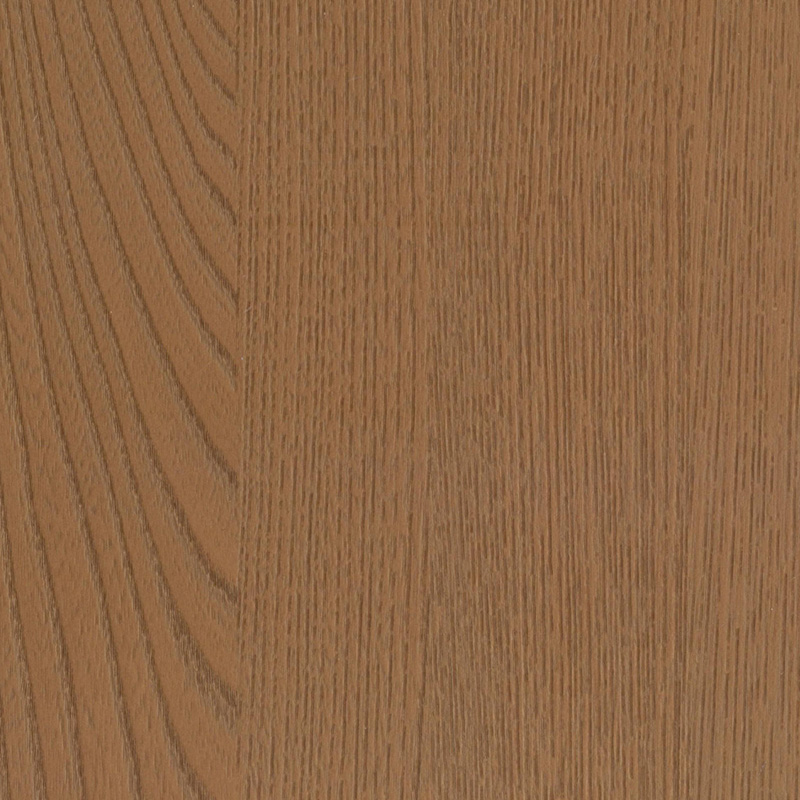PVC Furniture Film Enhances Modern Furnishing Solutions
The global furniture and interior design industries are experiencing a notable shift in material preferences, with PVC Furniture Film emerging as a prominent solution for surface enhancement and protection. This versatile material is gaining substantial recognition for its ability to replicate natural textures while offering practical benefits that address both manufacturing and consumer needs. The growing adoption of PVC Furniture Film represents a significant development in how furniture surfaces are designed, manufactured, and maintained across residential and commercial environments.
The fundamental composition of PVC Furniture Film involves a layered structure that combines durability with aesthetic appeal. This material typically features a protective surface layer that provides resistance to scratches and stains, a printed design layer that replicates various patterns and textures, and an adhesive backing that ensures secure application to substrate materials. Modern manufacturing techniques for PVC Furniture Film allow for the creation of highly realistic reproductions of natural wood grains, stone patterns, and abstract designs. The versatility of PVC Furniture Film enables manufacturers to achieve consistent aesthetic results while utilizing more economical substrate materials.
The application process for PVC Furniture Film involves specialized techniques that ensure ideal adhesion and finish quality. Installation typically requires surface preparation to remove contaminants, followed by precise positioning of the PVC Furniture Film and careful application to eliminate air bubbles and ensure smooth coverage. Professional installers utilize specific tools and heating equipment to facilitate the conformability of PVC Furniture Film around curved edges and complex contours. The proper installation of PVC Furniture Film results in a seamless surface that enhances both the visual appeal and functional durability of furniture pieces and interior elements.
Market adoption of PVC Furniture Film spans multiple sectors within the furnishing industry. Residential furniture manufacturers utilize PVC Furniture Film for kitchen cabinets, wardrobe surfaces, and various storage solutions. Office furniture producers incorporate PVC Furniture Film into desk surfaces, partition panels, and shelving units. The interior design sector employs PVC Furniture Film for feature walls, decorative elements, and retail display fixtures. The versatility of PVC Furniture Film allows designers to achieve specific aesthetic visions while maintaining practical considerations for durability and maintenance requirements.
Technical advancements continue to enhance the performance characteristics and environmental profile of PVC Furniture Film. Recent developments have focused on improving the material's resistance to fading, scratching, and moisture penetration. Manufacturing innovations have resulted in PVC Furniture Film with reduced environmental impact through more efficient production methods and enhanced recyclability. The ongoing refinement of printing technologies has elevated the visual quality of PVC Furniture Film, enabling more detailed textures and color variations that closely mimic natural materials. These improvements have expanded the application possibilities for PVC Furniture Film while addressing evolving market expectations.
The future development of PVC Furniture Film technology appears focused on sustainability enhancements and functional innovations. Research initiatives are exploring bio-based alternatives for traditional components while maintaining the performance standards associated with PVC Furniture Film. Manufacturing processes are being optimized to reduce energy consumption and material waste during production. The integration of additional functional properties, such as enhanced flame resistance or antimicrobial characteristics, represents another direction for PVC Furniture Film evolution. These continuing advancements suggest that PVC Furniture Film will maintain its relevance in the furnishing industry by addressing both aesthetic preferences and practical requirements for modern living and working environments.

 English
English русский
русский Español
Español عربى
عربى Deutsch
Deutsch





